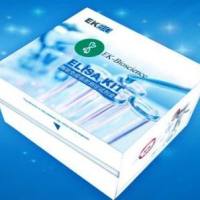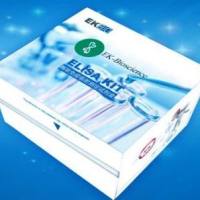ClosTron-Targeted Mutagenesis
互联网
1849
Members of the genus Clostridium have long been recognised as important to humankind and its animals, both in terms of the diseases they cause and the useful biological processes they undertake. This has led to increasing efforts directed at deriving greater information on their basic biology, most notably through genome sequence. Accordingly, annotated sequences of all of the most important species are now available. However, full exploitation of the data generated has been hindered by the lack of mutational tools that may be used in functional genomic studies. Thus, the number of clostridial mutants generated has until recently been disappointingly small. In particular, the construction of directed mutants using classical homologous recombination-based methods has met with only limited success. Moreover, most of these few mutants were constructed by the unstable integration of a plasmid into the chromosome via a single crossover event. As an alternative, recombination-independent strategies have been devised that are reliant upon a re-targeted group II intron. One element in particular, the ClosTron, provides the facility for the positive selection of insertional mutants. The generation of mutants using the ClosTron is extremely rapid (as little as 10 days) and is highly efficient and reproducible. Furthermore, the insertions made are extremely stable. Its deployment has considerably expanded available options for clostridial functional genomic studies.








